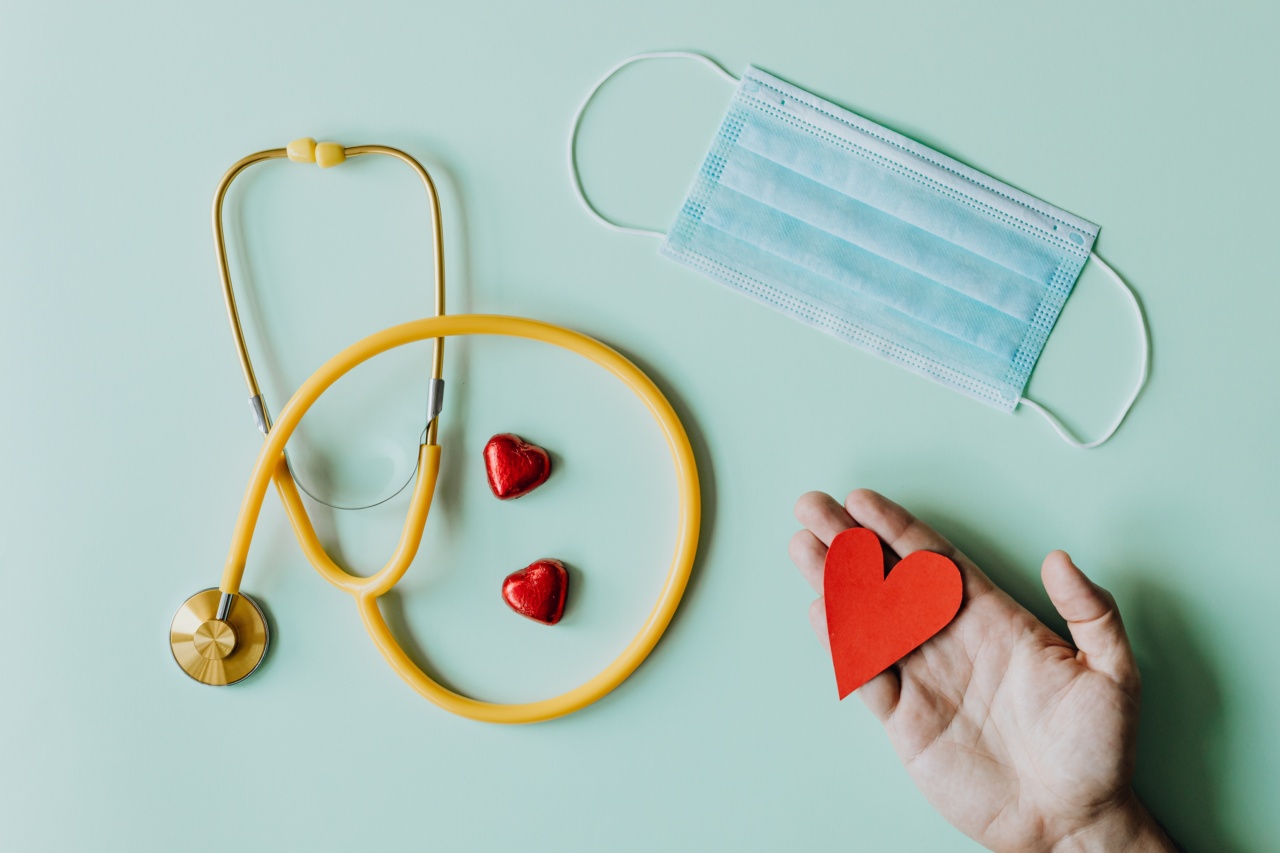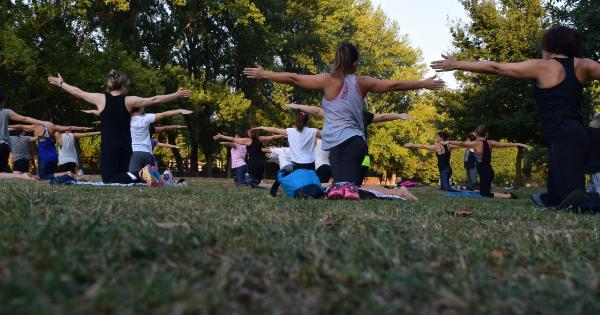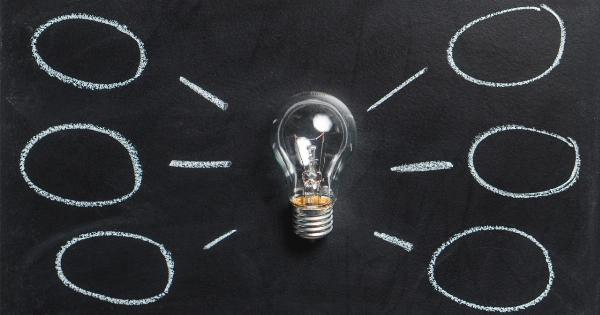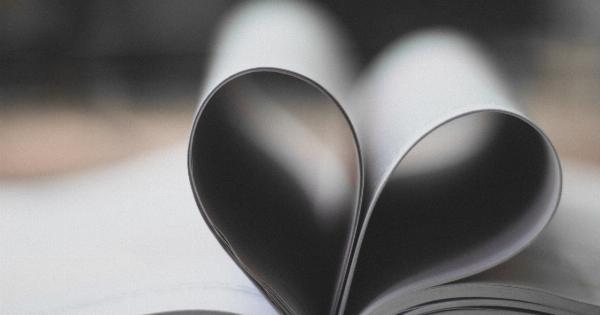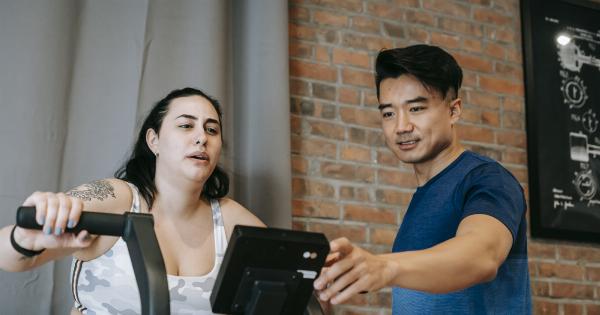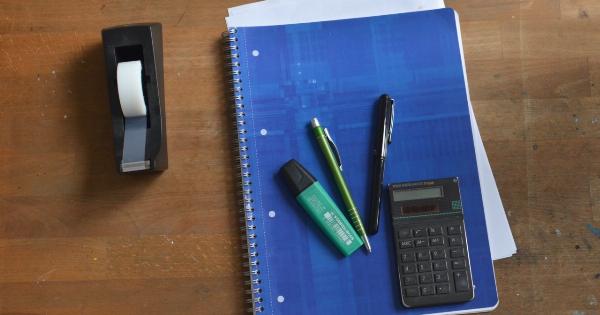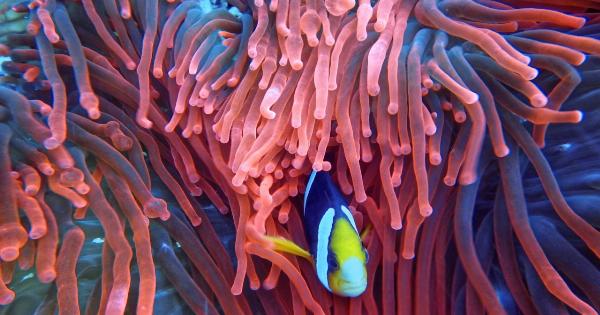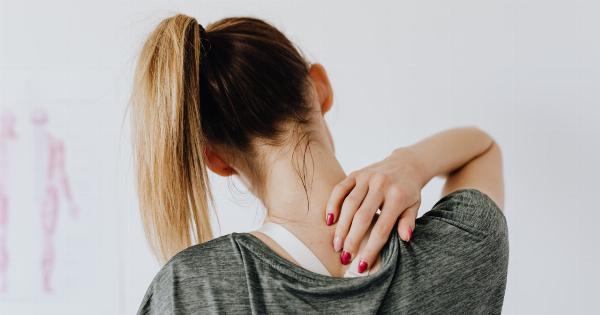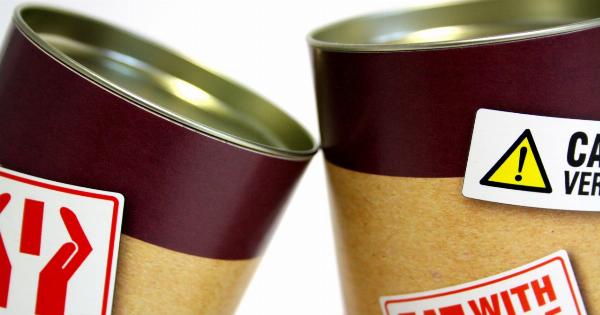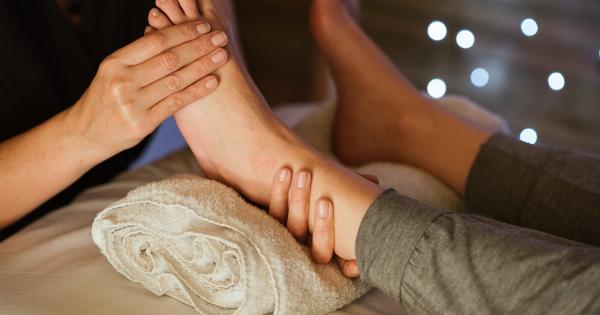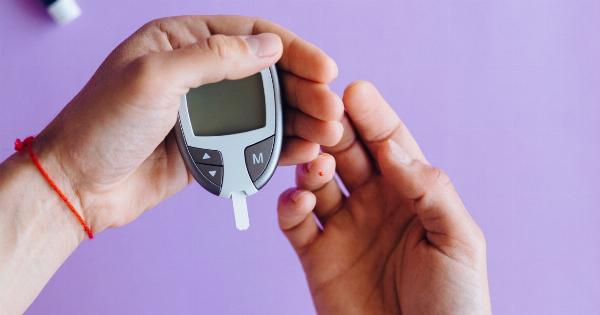Muscle spasms, also known as muscle cramps, are involuntary contractions of one or more muscles. These sudden, painful contractions can occur in various parts of the body, including the legs, arms, back, and abdomen.
Muscle spasms can be a result of several factors, including muscle fatigue, dehydration, electrolyte imbalances, and nerve compression. They can be quite distressing and interfere with daily activities. However, there are preventive measures and treatment options available that can help manage and alleviate muscle spasms.
In this article, we will explore various strategies to prevent and treat muscle spasms effectively.
1. Stay Hydrated
Dehydration is a common cause of muscle spasms, particularly during physical exertion or in hot weather conditions. When dehydrated, the body lacks the necessary fluids and electrolytes, leading to muscle cramps.
By staying adequately hydrated, you can minimize the risk of muscle spasms. It is recommended to drink at least 8 glasses of water a day, especially if you engage in physical activities or live in a hot climate.
2. Stretch and Warm Up
Prior to engaging in any physical activity or exercise routine, it is essential to warm up and stretch your muscles. Warm-up exercises increase blood flow to the muscles, making them more flexible and less prone to spasms.
Performing gentle stretches for the targeted muscles can also help prevent cramping by improving their flexibility and reducing tension.
3. Improve Your Posture
Poor posture can lead to muscle imbalances and increase the risk of muscle spasms. It is important to maintain good posture while sitting and standing to avoid unnecessary strain on muscles.
Ensure that your desk and chair are ergonomically designed to support your body properly. Regularly practicing exercises that target postural muscles can also help prevent muscle spasms.
4. Include Electrolytes in Your Diet
Electrolytes, such as potassium, sodium, calcium, and magnesium, play a vital role in muscle function. Imbalances or deficiencies in these electrolytes can contribute to muscle spasms.
Including foods rich in electrolytes in your diet can help prevent cramping. Some examples of electrolyte-rich foods include bananas, oranges, leafy greens, nuts, and seeds.
5. Avoid Overexertion
Overexertion during physical activities can strain your muscles and increase the likelihood of muscle spasms. It is important to listen to your body and avoid pushing beyond your limits.
Gradually increase the intensity and duration of your workouts to allow your muscles to adapt and become stronger. Taking proper rest intervals in between exercise sessions is also crucial to prevent muscle fatigue and spasms.
6. Massage Therapy
Regularly getting massages can help relax and loosen tight muscles, reducing the occurrence of muscle spasms. Massage therapy promotes blood circulation, increases flexibility, and relieves muscle tension.
Consider incorporating self-massage techniques or seeking professional massage therapy to prevent and manage muscle spasms effectively.
7. Use Heat or Cold Therapy
Applying heat or cold to the affected muscles can provide relief from muscle spasms. Heat therapy, such as using a heating pad or a warm towel, helps improve blood flow and relaxes muscles.
Cold therapy, on the other hand, helps numb the area, reduce inflammation, and relieve pain. Experiment with both heat and cold therapy to identify which works best for you.
8. Check Your Medications
Some medications can increase the risk of muscle spasms as a side effect. If you are experiencing frequent muscle spasms, check with your healthcare provider if any of your medications could be contributing to the problem.
They may be able to adjust your medication regimen or recommend alternative options.
9. Stay Active
Regular physical activity is essential for maintaining muscle health. Engaging in regular exercise routines that target the muscle groups prone to spasms can help prevent their occurrence.
Additionally, staying active promotes blood circulation and flexibility, reducing the likelihood of muscle cramps.
10. Stay Relaxed and Manage Stress
Stress and anxiety can contribute to muscle tension and increase the likelihood of muscle spasms. Finding ways to manage stress and promote relaxation can be beneficial in preventing and treating muscle spasms.
Techniques like deep breathing exercises, meditation, yoga, and engaging in hobbies can help reduce stress levels and alleviate muscle tension.
By implementing these preventive measures and incorporating the suggested treatments into your routine, you can effectively manage and minimize muscle spasms.
However, if you continue to experience severe or persistent muscle spasms, it is important to consult a healthcare professional to identify any underlying medical conditions and receive appropriate treatment.
